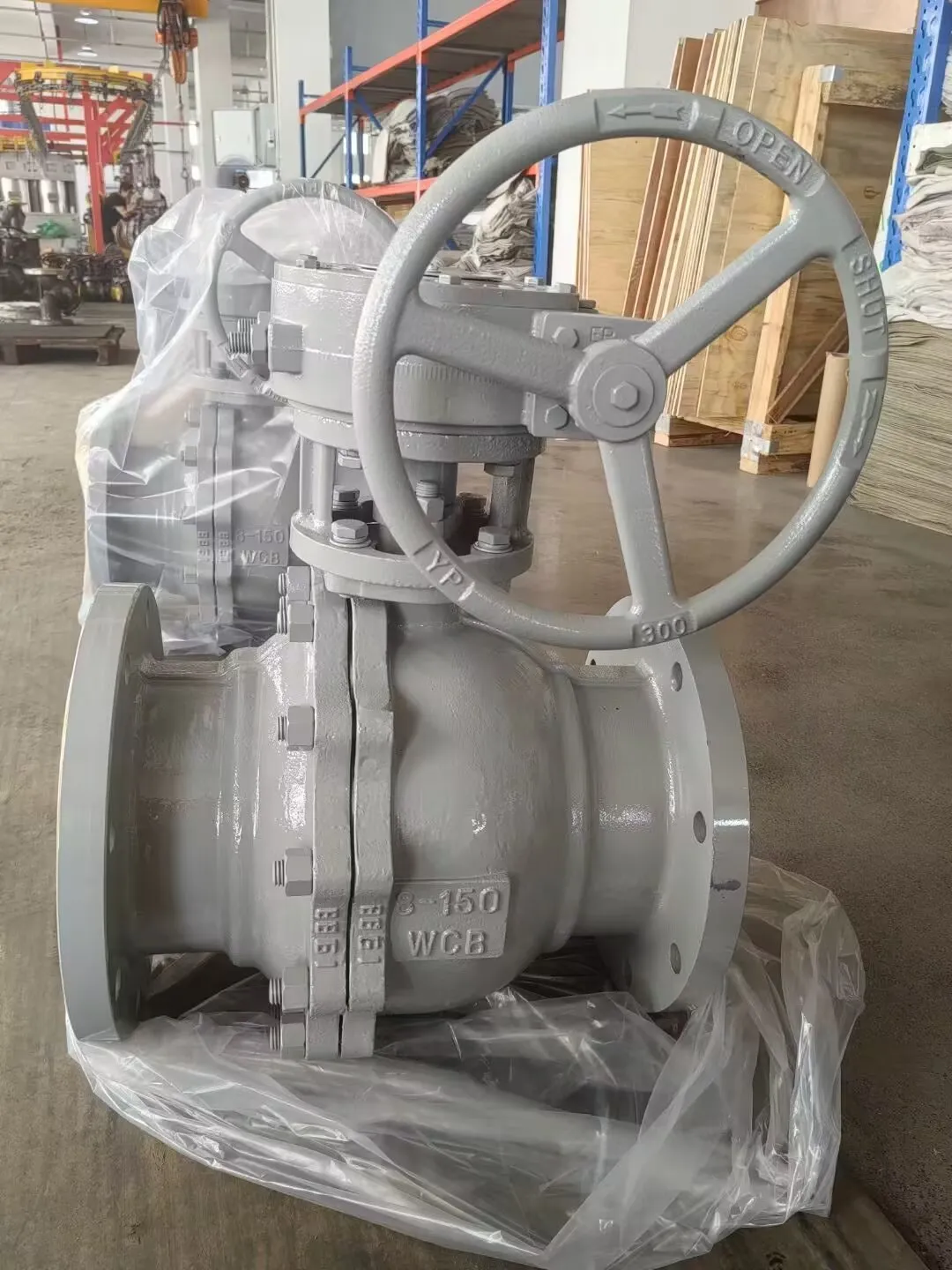forged steel flange
Understanding Forged Steel Flanges A Comprehensive Overview
Flanges play an essential role in various industrial applications, particularly in piping systems where they facilitate the connection between pipes, valves, and equipment. Among the different types of flanges available in the market, forged steel flanges stand out due to their superior strength, reliability, and versatility. In this article, we will delve deeper into the characteristics, manufacturing process, and applications of forged steel flanges.
What are Forged Steel Flanges?
Forged steel flanges are components made from steel that undergoes a forging process to shape and strengthen the material. Unlike cast flanges, which are created by pouring molten metal into a mold, forged flanges are made by applying high pressure and temperature to the steel, resulting in a denser and more uniform material structure. This process enhances the mechanical properties of the steel, making forged flanges capable of withstanding higher levels of stress and pressure.
Advantages of Forged Steel Flanges
1. Strength and Durability One of the primary benefits of forged steel flanges is their exceptional strength. The forging process eliminates many of the weaknesses associated with casting, such as porosity and inclusions, resulting in a product that can endure harsh operating conditions.
2. Resistance to Fatigue Under repeated cycles of stress, forged steel flanges demonstrate remarkable fatigue resistance. This quality makes them particularly suitable for applications in industries like oil and gas, where flanges may be exposed to fluctuating pressures and temperatures.
3. Versatility of Design Forged steel flanges can be produced in various shapes and sizes, including flat face, raised face, and ring-type joint designs. This versatility allows for their use in a wide range of applications, accommodating different system requirements.
4. Corrosion Resistance Many forged steel flanges are manufactured from stainless steel or alloys that provide enhanced resistance to corrosion. This property extends the lifespan of the flanges, making them ideal for use in corrosive environments, such as chemical processing plants.
Manufacturing Process
The manufacturing process of forged steel flanges involves several steps
forged steel flange

1. Material Selection The process begins with the selection of high-quality steel grades, often medium to high-carbon steels or alloys designed for specific applications.
2. Heating The chosen steel is heated to a high temperature until it becomes malleable. This heating process is crucial, as it prepares the steel for forging.
3. Forging Using hydraulic presses or hammers, the heated steel is shaped into the desired flange configuration. This step is performed quickly to maintain the material's temperature.
4. Machining After forging, the flanges are machined to achieve precise dimensions, ensuring tight tolerances critical for their performance in piping systems.
5. Surface Treatment To enhance corrosion resistance and durability, the forged flanges may undergo surface treatments such as galvanizing or coating with protective paints.
Applications of Forged Steel Flanges
Forged steel flanges are widely used across various industries, including
- Oil and Gas In offshore platforms and refineries, where high-pressure and corrosive conditions are prevalent. - Power Generation In plants where flanges need to connect heavy machinery and pipes carrying steam or chemicals. - Chemical Processing Where resistance to harsh chemicals and high temperatures is essential. - Water Supply and Treatment In municipal and industrial water systems requiring reliable and durable joint connections.
Conclusion
Forged steel flanges are a vital component in modern engineering and manufacturing. Their strength, durability, and versatility make them a preferred choice for industries that demand reliability under challenging conditions. Understanding the benefits and applications of forged steel flanges allows engineers and procurement professionals to make informed decisions, ensuring safe and efficient operations across various sectors.
-
Reliable Hydraulic Valves for Efficient Fluid ControlNewsAug.29,2025
-
Reliable Electric Actuators for Industrial Valve AutomationNewsAug.29,2025
-
Premium Line Blind Valves for Secure Pipeline IsolationNewsAug.29,2025
-
Premium Electric Valves for Smart Fluid Control SolutionsNewsAug.29,2025
-
Precision Balanced Valves for Optimal System PerformanceNewsAug.29,2025
-
Heavy-Duty Flanged Butterfly Valves for Water SystemsNewsAug.29,2025
-
Reliable Wafer Type Butterfly Valve - Durable & Space-Saving DesignNewsAug.29,2025




